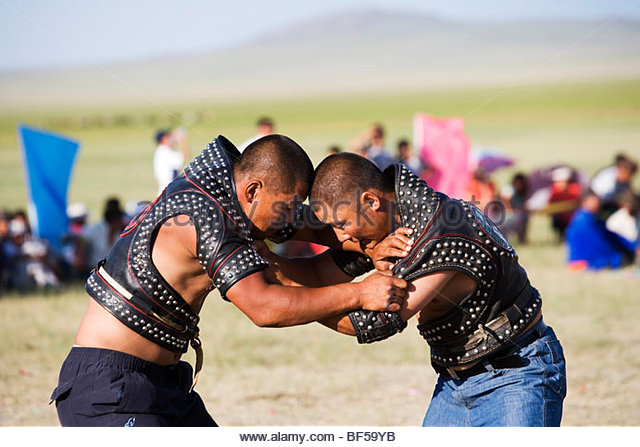Hey everyone. So I have been digging into research and talking with people born and raised in Korea. A lot of these come from Yudo, but I have brought together a collection of the names for some general throws in Korean. This is not an exstensive list and every system has different variations on how they choose to express these and Yudo/Judo has a name for every variation of throw you can think of, but these are some general ones that you should see in Hapkido, Hwa Rang Do, or any other Korean art with throws.
This is a resource and not the end-all of these things. If it is helpful to what you do, hope you like it. If not, no biggie. Just thought I would share.
업어치기: Eob-Eo Chigi: Shoulder Throw (Literal translation: back carry attack/throw)
This is a resource and not the end-all of these things. If it is helpful to what you do, hope you like it. If not, no biggie. Just thought I would share.
업어치기: Eob-Eo Chigi: Shoulder Throw (Literal translation: back carry attack/throw)
- 내업어치기: Nae Eob-Eo Chigi: Inside Shoulder Throw
- 외업어치기: Oe Eob-Eo Chigi: Outside Shoulder Throw
- 내회전업어치기: Nae Hoejeon Eob-Eo Chigi: Inside Spinning Shoulder Throw
- 외회전업어치기: Oe Hoejeon Eob-Eo Chigi: Outside Spinning Shoulder Throw
- 업어떨어뜨리기: Eob-Eo Tteor-Eotteu rigi: Dropping Shoulder Throw
- 내허리껴치기: Nae Heori Kkyeo Chigi: Inside Hip Throw
- 외허리껴치기: Oe Heori Kkyeo Chigi: Outside Hip Throw
- 내회전허리껴치기: Nae Hoejeon Heori Kkyeo Chigi: Inside Spinning Hip Throw
- 허리후리기: Heori Hurigi: Sweeping Hip Throw
- 안다리후리기: Andari Hurigi: Inside Leg Cut Down: (Inside Hook to either the inside or outside of leg)
- 밭다리후리기: Batdari Hurigi: Outside Leg Sweep (Outside Hook to either the inside or outside of the leg)
- 다리잡아메치기: Dari Jab-Ame Chigi: Leg Catch attack (Double Leg Takedown from front)
- 다리들어메치기: Dari Deul-Eome Chigi: Leg Cover Attack (Double leg pickup from back)
- 허벅다리걸기: Heobeok-Dari-Geol-gi: Inner Thigh Trip/Throw: (Sweeping Inner Leg Throw)
- 두밭다리걸기: Du-bat-Dari-Geol-gi: Back-side Double leg trip
- 다리치기후리기: Dari Chigi Hurigi: Leg Kick Takedowns (Takedowns executed by kicks to the legs)
- 발뒤축후리기: Baldwi Chug Hurigi: Inside hook to outside back of heel
- 안뒤축후리기: Andwi Chug Hurigi: Inside hook to Inside of back of heel
- 발목잡아메치기: Bal-mok Jab-Ame Chigi: Ankle Catch Attack (Single Leg Pickup from Inside or while opponent is behind you)
- 나오는 발치기: Naoneun-Bal-Chigi: Inside Sweep to Outside Foot
- 배대뒤치기: Bae Dae-Dwichigi: Roll back over throw (foot on stomach, throw overhead)
- 끌어누우며뒤집기: Kkeul-Eo-Nuumyeo-Dwijibgi: Roll back flip over (instep to inside of thigh, throw overhead)
- 옆의배대뒤치기: Yeopui Bae Dae-Dwichigi: Roll back over throw (foot on stomach, to the side)
- 머리가위치기: Meori Gawichigi: Head Scissor takedown
- 허리가위치기: Heori Gawichigi: Hip/waist Scissor takedown
- 다리가위치기: Dari Gawichigi: Leg Scissor takedown
- 오금대떨어뜨리기: Ogeum-Daetteor-Eotteurigi: Duck Under Back Trip (into side slap-fall)

